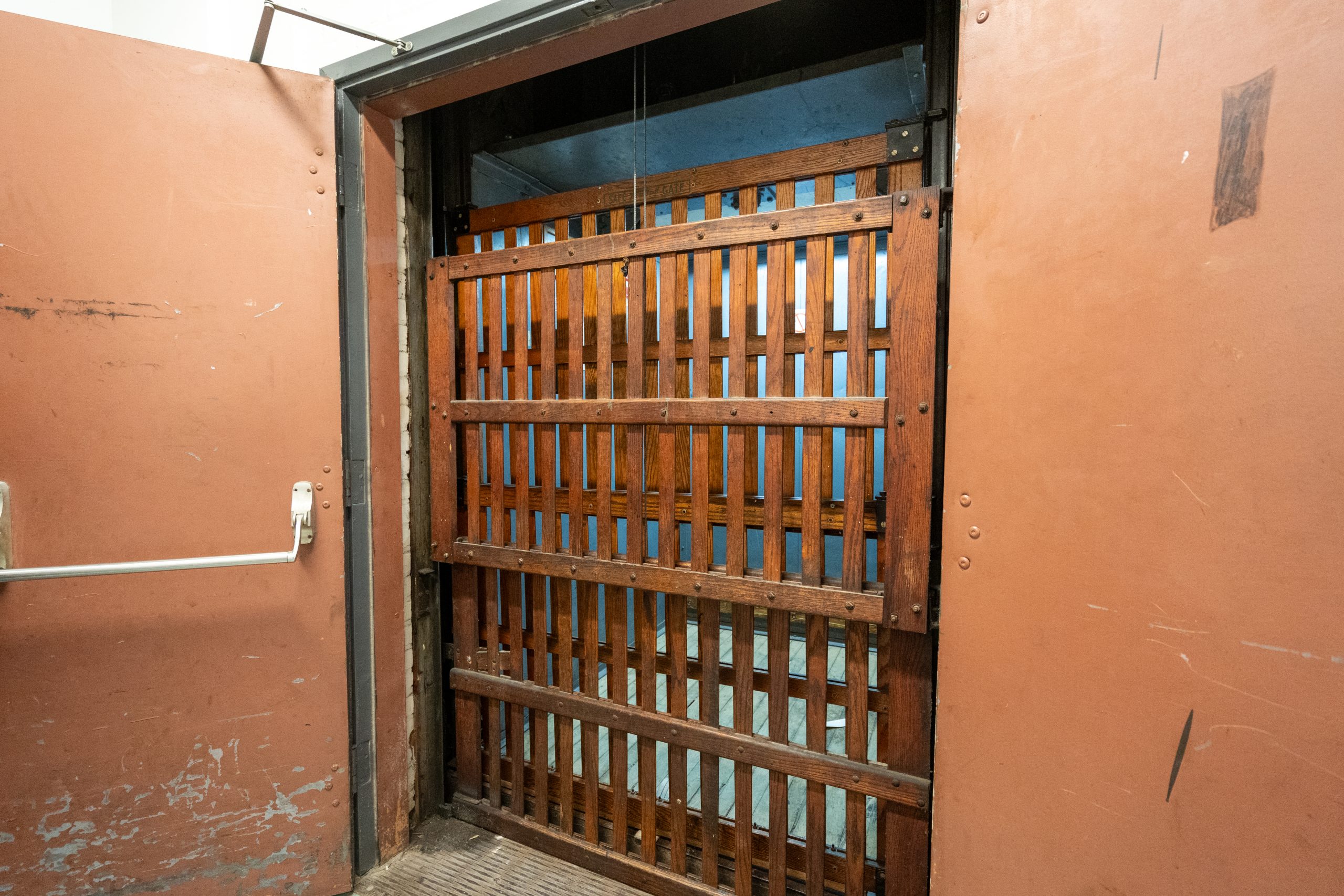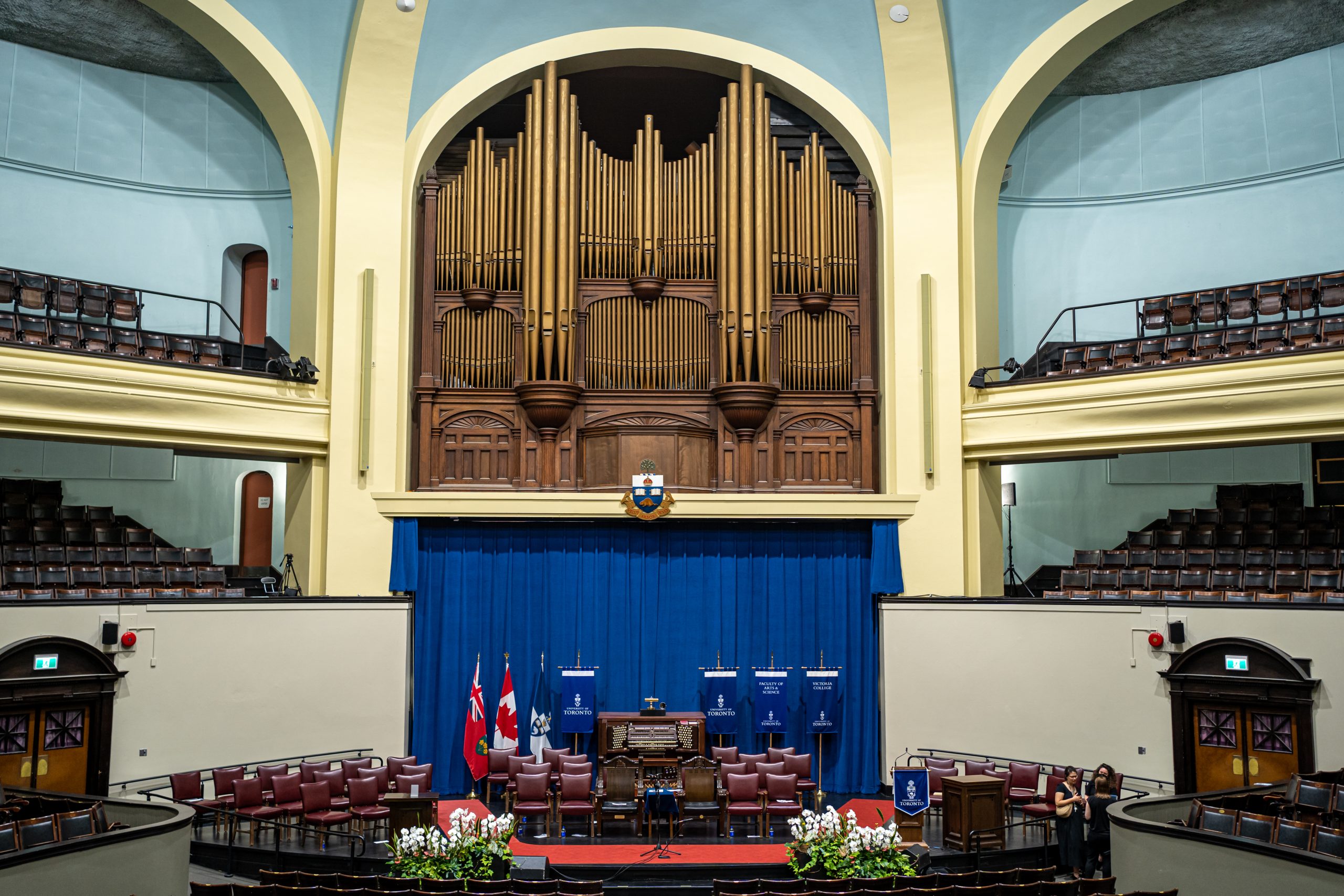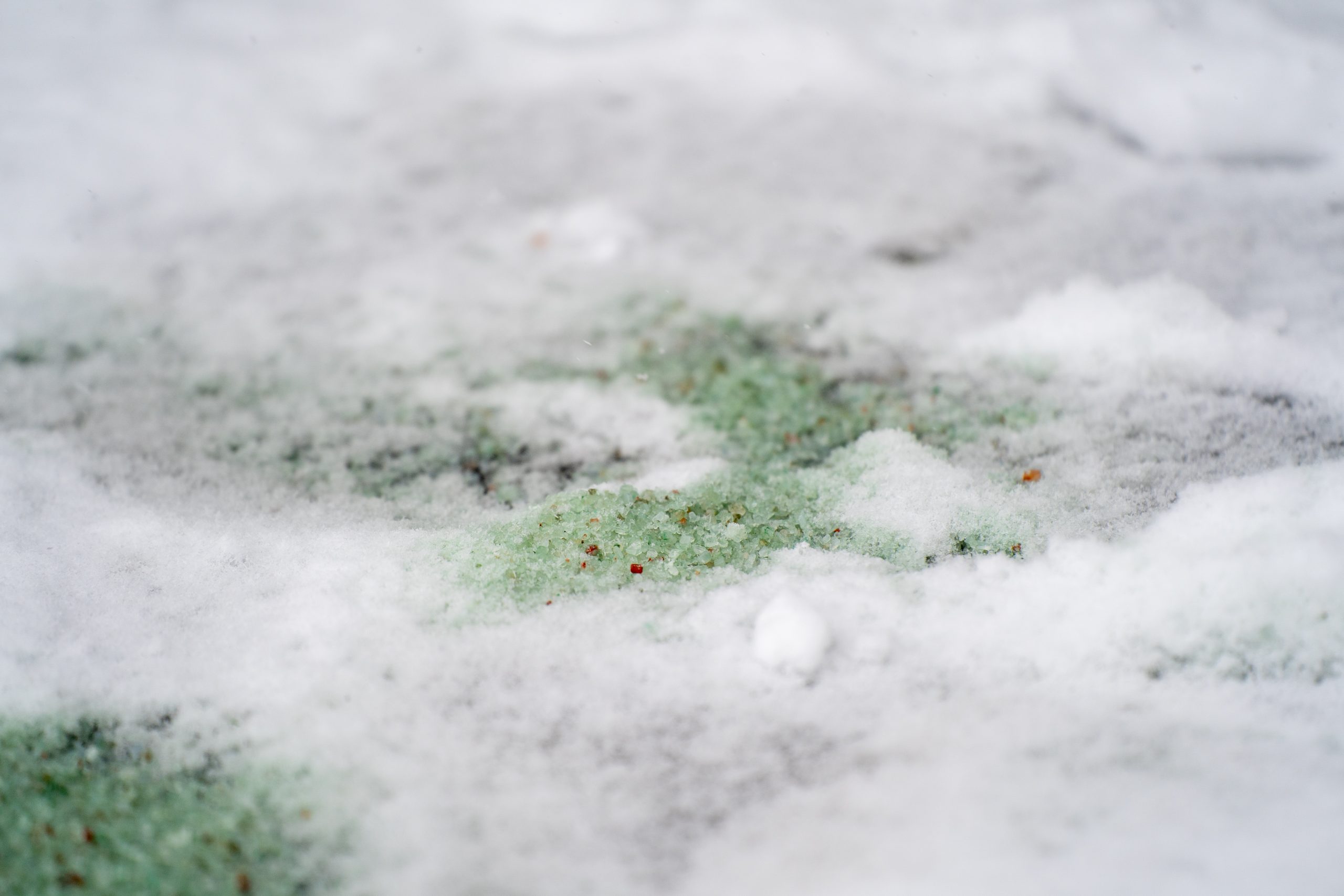Celebrating 197 years: Four ways F&S preserves campus charm
From a 111-year-old organ to a thriving tree population, F&S preserves the unique charm of U of T's St. George campus. Here are four ways we do it.
The University of Toronto turns 197 on March 15—celebrating nearly two centuries of groundbreaking research and transformative education in the heart of Canada’s largest city.


Behind the scenes, a dedicated team plays a crucial role in maintaining the upkeep of U of T’s historical buildings.
Discover just a few of the many ways Facilities & Services diligently maintains and stewards U of T’s unique and historical spaces, preserving the University’s iconic character.
1. Old-school charm, modern maintenance: the Engineering Annex’s 95-year-old wooden elevator
U of T boasts one of the city’s last-standing wooden rail elevators.
Built at a time when wooden rails were more cost-effective and readily available than their steel counterparts, the rail was likely crafted by hand.


As the only elevator in the Engineering Annex, this wooden rail elevator still smoothly services the building after 95 years. In addition to having wooden rails, the elevator is also unique in having no level buttons.
“People haven’t been exposed to this style of elevator,” explains Phil Poulos, engineering computing facility director, who oversees the Engineering Computing facility labs in the building. “The big differences are that the doors/gates close vertically instead of sliding side to side, and there are simply ‘up’, ‘down’, ‘run’, and ‘stop’ buttons—no option to push for a specific floor number.”
F&S has the rare knowledge to care for this distinctive elevator, built in the 1930s. They monitor the geared traction system’s ropes and pulleys, and expertly coordinate repairs for its antiquated components.
2. Cultivating a campus: U of T’s diverse forest ecosystem
“Trees are, and have always been, an integral part of U of T’s identity,” says Stan Szwagiel, manager, grounds services.
The St. George campus is home to more than 3,300 trees, ranging from the mighty Ginkgo biloba to the largest concentration of elms in Ontario.


Maintaining these trees involves irrigation, fertilization, and inoculation. Each tree receives a check-up by an arborist every five years to remove any dead wood, check for pests, and stay on top of structural deficiencies. Aeration tubes are also inserted into the ground to ensure air reaches down to the roots, promoting the exchange of gases.
3. Harmony against the elements: the 111-year-old Casavant pipe organ in Convocation Hall
Built by Casavant Frères—one of the most prolific and innovative organ builders in Canada—this organ with nearly 5,000 pipes was installed in 1912.
The organ is tuned annually for Convocation—its main showstopper event of the year.


Because the massive instrument is incredibly sensitive to noise, vibration, and temperature—all construction work in the organ’s vicinity must be stopped while it is being tuned or maintained. The instrument’s delicate tuning is vulnerable to dust, so the caretaking team limits access to its location to prevent contamination.
4. Protecting the past, planning for the future: Sustainable de-icing methods
Rock salt, the most common material used for de-icing in the winter, poses a threat to local waterways and building infrastructure. A primary polluter of the Great Lakes due to melting runoff, its acidity also damages the limestone and soft stone of U of T’s historic buildings, eroding their foundations.


Whenever possible, F&S uses small pellets of calcium magnesium acetate—a less corrosive de-icing solution. This switch helps protect sensitive areas, especially around U of T’s historic buildings.
For 197 years, facilities and grounds staff have tackled challenges head-on to keep U of T running smoothly and beautifully. As the University moves forward, F&S will be there for students, faculty, and campus members every step of the way.
Happy birthday, U of T!
